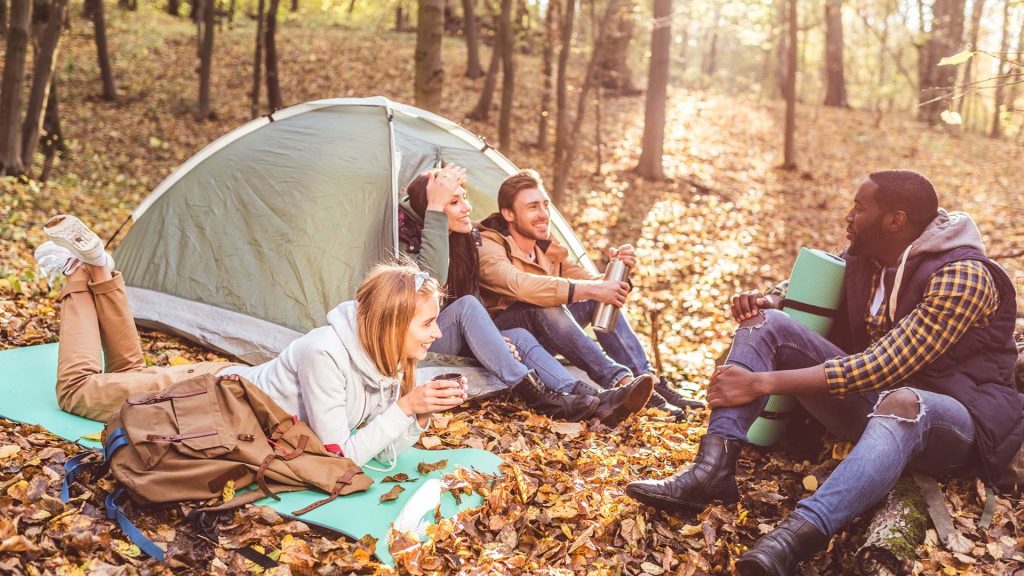Preparing for backcountry adventures requires thoughtful consideration and a comprehensive gear setup. Here’s an ultimate guide to equip you for the backcountry:
Shelter and Sleeping Gear:
- Tent or Shelter: Opt for a lightweight, durable tent or shelter suitable for the season and terrain.
- Sleeping Bag and Sleeping Pad: Choose a sleeping bag rated for the expected temperatures and a pad for insulation and comfort.
Clothing:
- Moisture-Wicking Base Layers: Tops and bottoms for varying weather conditions.
- Insulating Layer: Fleece or down jacket for warmth.
- Weather-Resistant Outer Layer: Rain jacket, pants, or windbreaker.
- Hiking Pants and Shorts: Quick-drying and durable.
- Socks and Undergarments: Pack extra for the trip’s duration.
Footwear:
- Hiking Boots or Trail Shoes: Sturdy, comfortable footwear suitable for the terrain and activity.
Food and Cooking Supplies:
- Stove and Fuel: Lightweight stove and sufficient fuel for the trip.
- Cookware and Utensils: Pot, pan, spork, and cup for cooking and eating.
- Food: Dehydrated meals, snacks, and energy-rich items for the duration.
- Bear Canister or Bag: For storing food safely away from animals.
Hydration:
- Water Bottles or Hydration Bladder: Carry enough water or means to purify water.
- Water Filter or Purification Tablets: Essential for refilling water on the trail.
Navigation and Safety:
- Map and Compass/GPS: Essential for navigation in remote areas.
- First Aid Kit: Including supplies for minor injuries and potential emergencies.
- Headlamp or Flashlight: With extra batteries or a power source.
- Knife or Multi-tool: For various tasks and repairs.
- Emergency Whistle and Signaling Device: For safety and communication.
Additional Gear:
- Backpack: A comfortable, properly fitted pack suitable for the trip’s duration.
- Trekking Poles: Provide stability and support on rough terrain.
- Sun Protection: Hat, sunscreen, sunglasses, and clothing with UPF protection.
- Insect Repellent: Particularly important in bug-prone areas.
- Toiletries: Toothbrush, toothpaste, hand sanitizer, and biodegradable soap.
Optional or Specialty Items:
- Camera or Binoculars: For capturing moments or observing wildlife.
- Guidebook or Journal: For information or documenting the adventure.
- Entertainment: Book, cards, or other lightweight items for leisure.
Considerations:
- Trail and Weather Conditions: Adapt your gear to suit the specific trail and weather forecasts.
- Weight Management: Ensure your gear is manageable and suitable for the trip’s demands.
- Leave No Trace: Follow principles to minimize impact on the environment.
Customize this gear list according to the duration, location, and specifics of your backcountry adventure. Prioritize lightweight, multi-functional gear to optimize your experience without compromising on safety and comfort.

